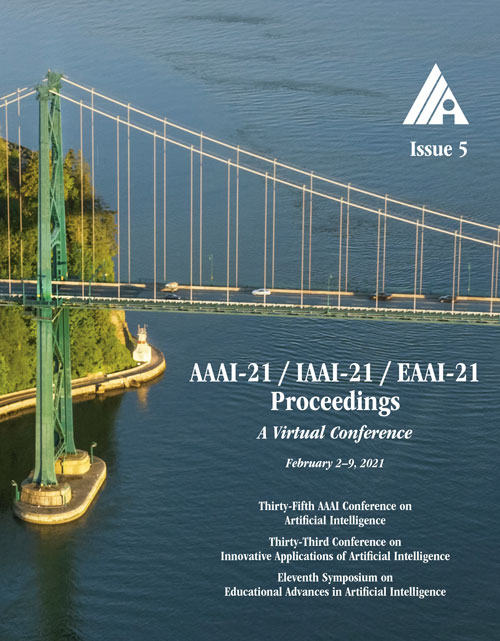Heterogeneous Graph Structure Learning for Graph Neural Networks
DOI:
https://doi.org/10.1609/aaai.v35i5.16600Keywords:
Graph Mining, Social Network Analysis & Community, Representation Learning, Graph-based Machine Learning, Semi-Supervised LearningAbstract
Heterogeneous Graph Neural Networks (HGNNs) have drawn increasing attention in recent years and achieved outstanding performance in many tasks. The success of the existing HGNNs relies on one fundamental assumption, i.e., the original heterogeneous graph structure is reliable. However, this assumption is usually unrealistic, since the heterogeneous graph in reality is inevitably noisy or incomplete. Therefore, it is vital to learn the heterogeneous graph structure for HGNNs rather than rely only on the raw graph structure. In light of this, we make the first attempt towards learning an optimal heterogeneous graph structure for HGNNs and propose a novel framework HGSL, which jointly performs Heterogeneous Graph Structure Learning and GNN parameters learning for classification task. Different from traditional GSL on homogeneous graph, considering the heterogeneity of different relations in heterogeneous graph, HGSL generates each relation subgraph independently. Specifically, in each generated relation subgraph, HGSL not only considers the feature similarity by generating feature similarity graph, but also considers the complex heterogeneous interactions in features and semantics by generating feature propagation graph and semantic graph. Then, these graphs are fused to a learned heterogeneous graph and optimized together with a GNN towards classification objective. Extensive experiments on real-world graphs demonstrate that the proposed framework significantly outperforms the state-of-the-art methods.Downloads
Published
2021-05-18
How to Cite
Zhao, J., Wang, X., Shi, C., Hu, B., Song, G., & Ye, Y. (2021). Heterogeneous Graph Structure Learning for Graph Neural Networks. Proceedings of the AAAI Conference on Artificial Intelligence, 35(5), 4697-4705. https://doi.org/10.1609/aaai.v35i5.16600
Issue
Section
AAAI Technical Track on Data Mining and Knowledge Management

